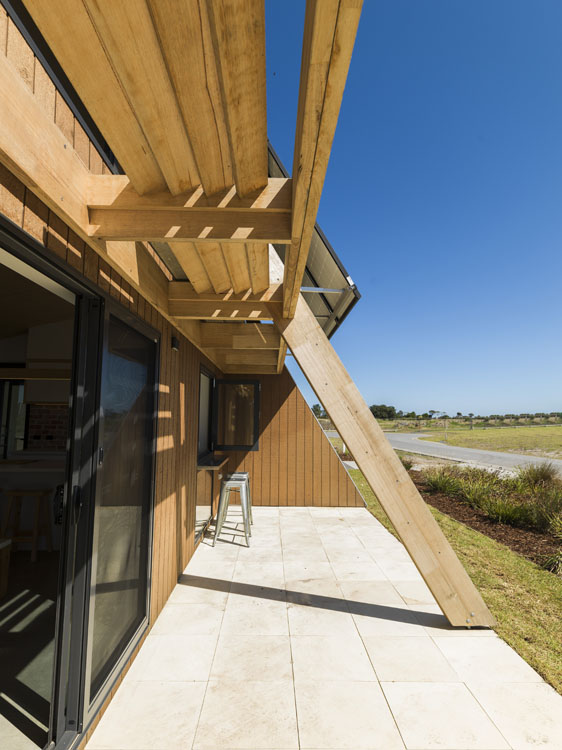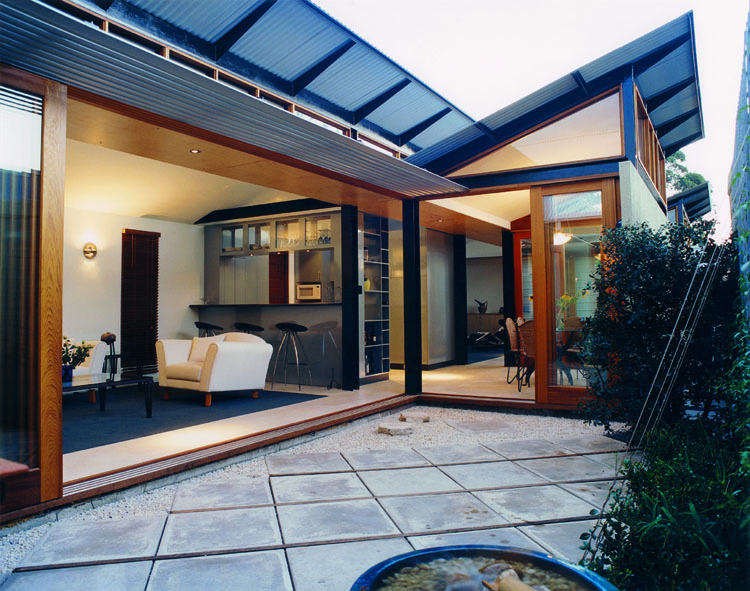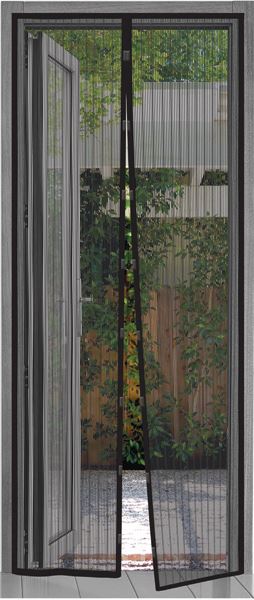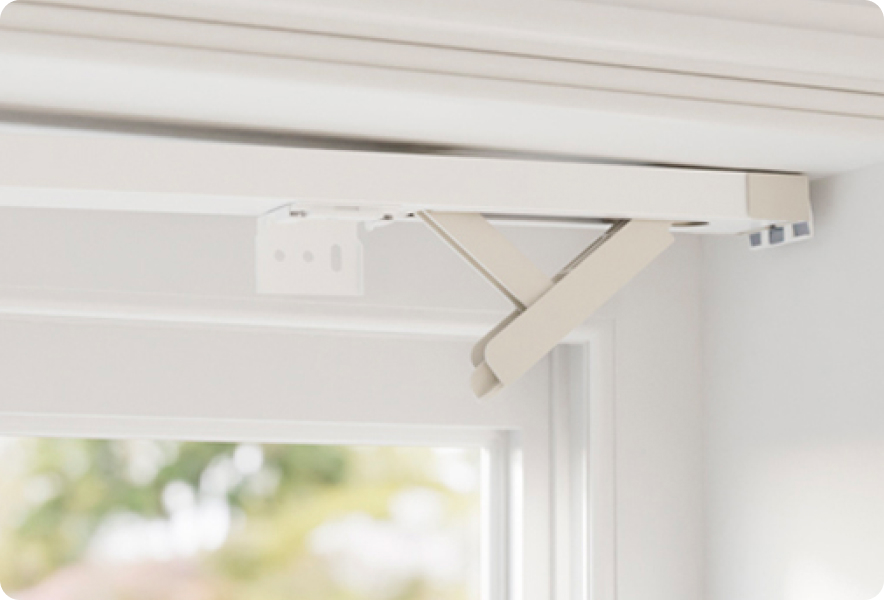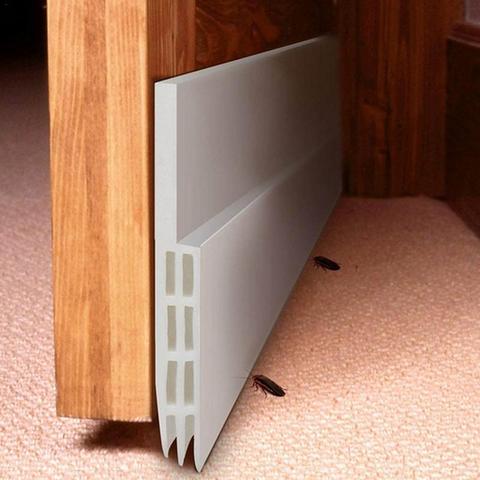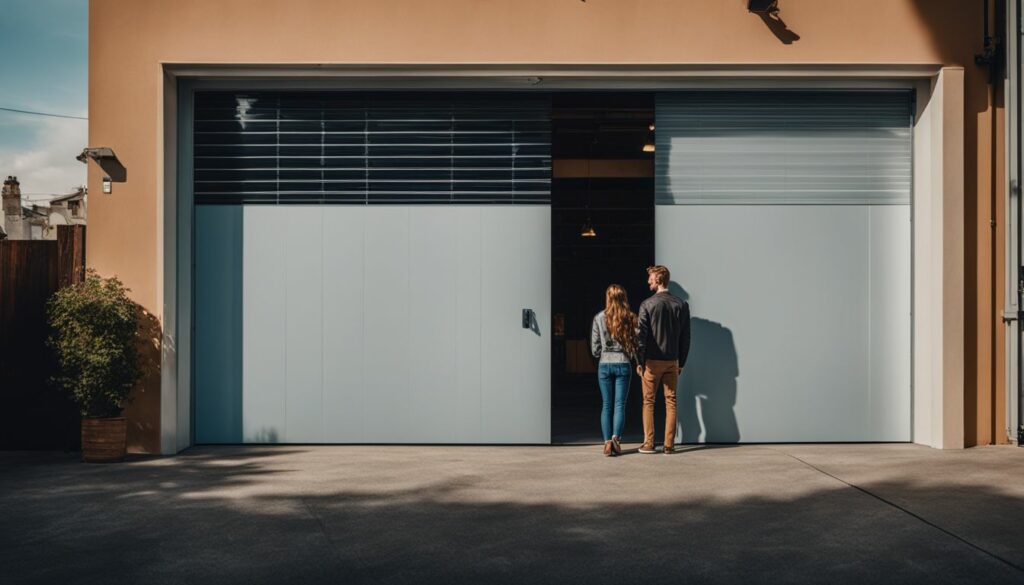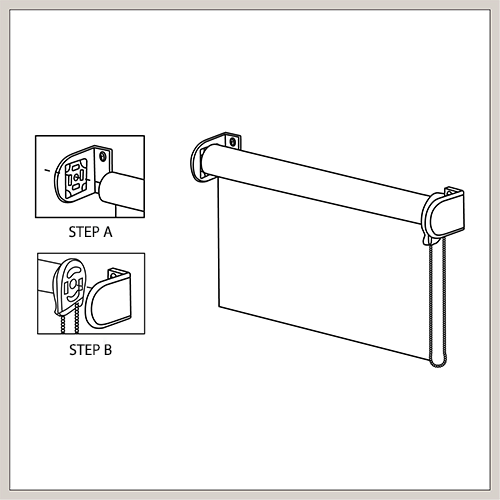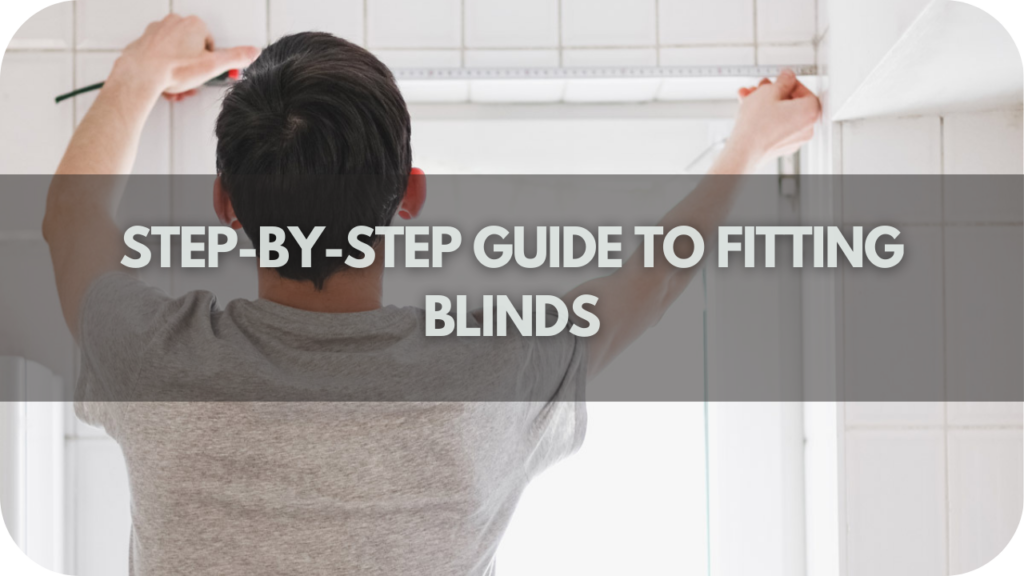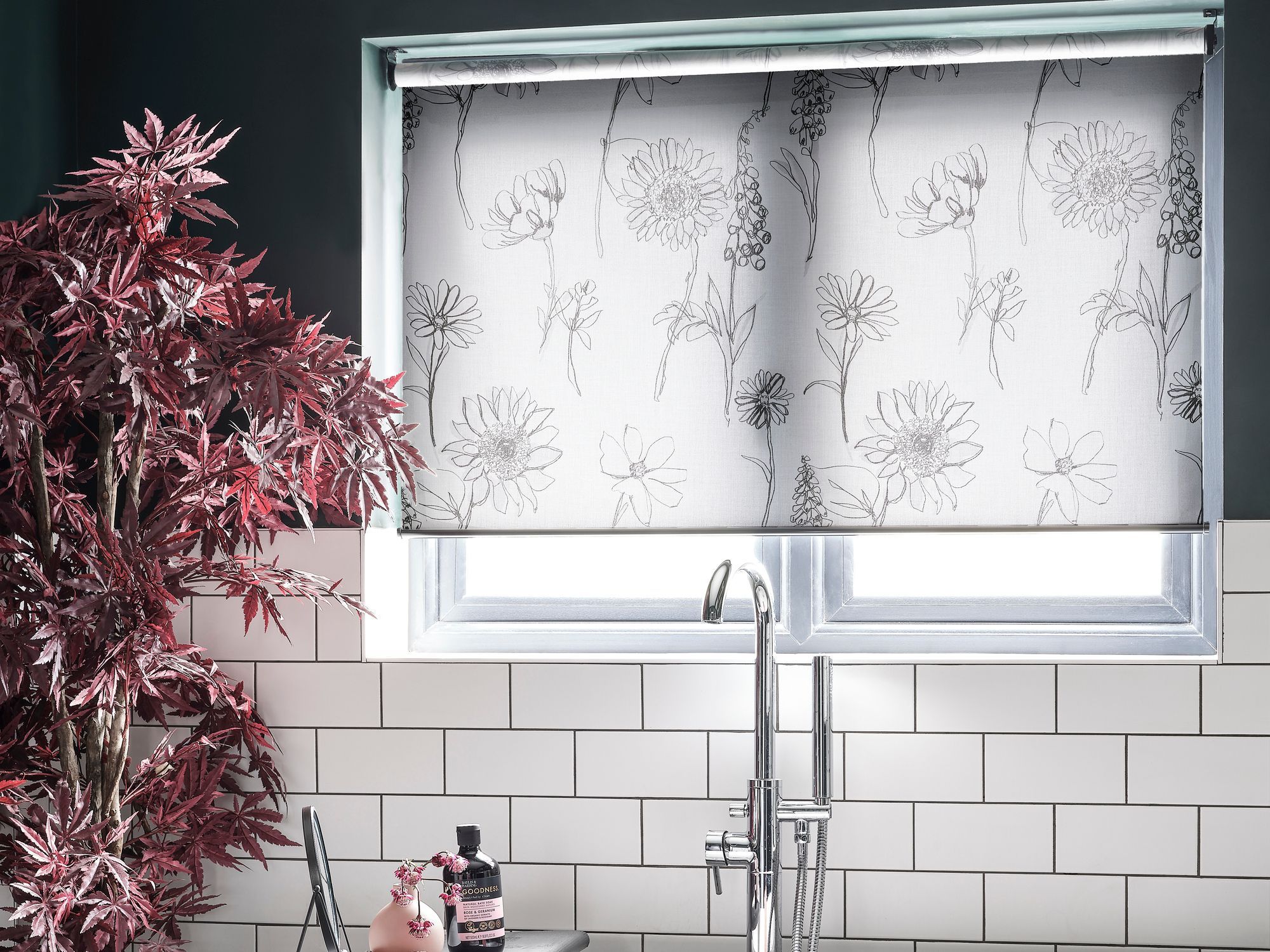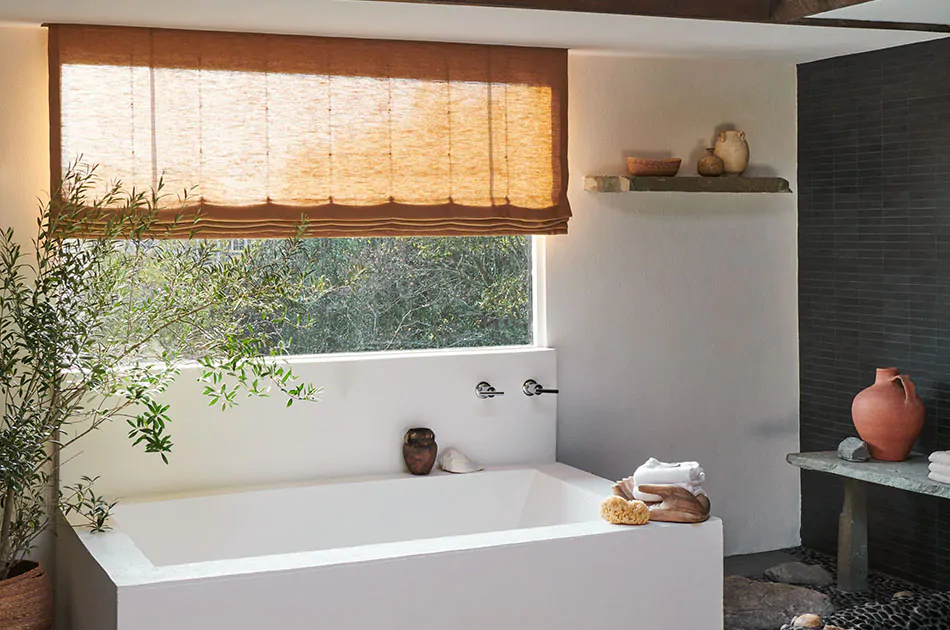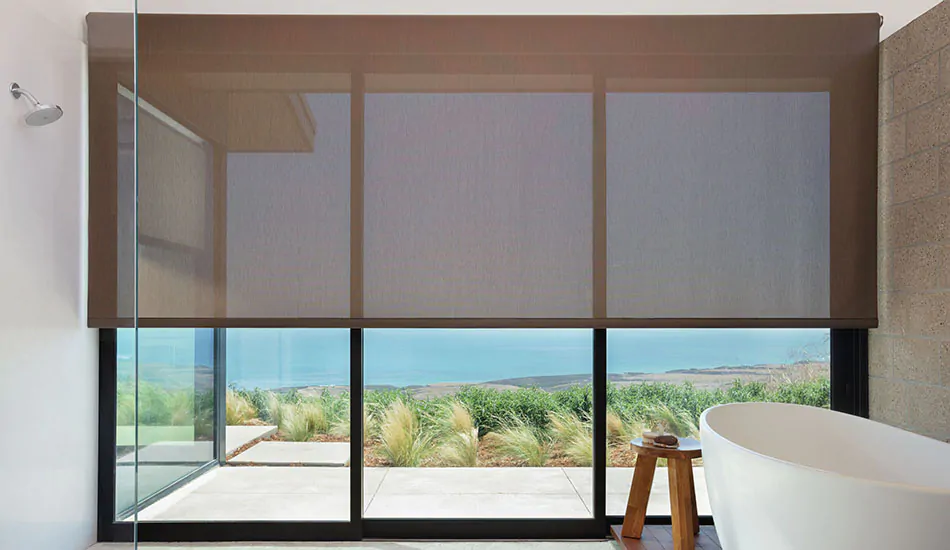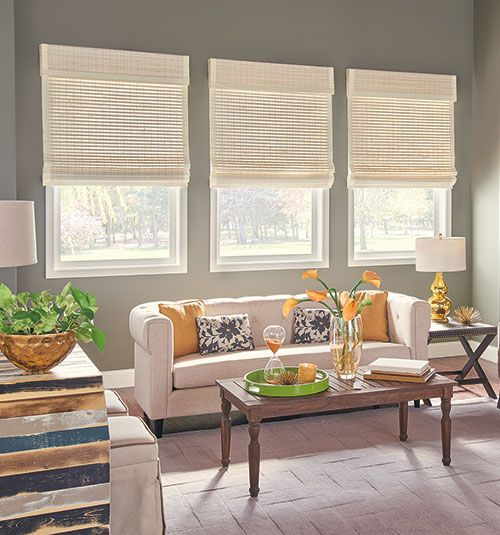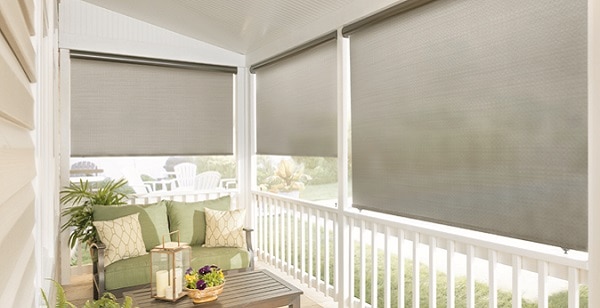
Imagine relaxing on your patio, enjoying the fresh air and sunshine, without the annoyance of pesky insects or harsh glare. With patio screen blinds, this dream becomes a reality. These versatile outdoor additions offer a seamless blend of functionality and aesthetics, transforming your patio into a comfortable and stylish extension of your home.
Why Choose Patio Screen Blinds?
Patio screen blinds are more than just sun shades; they are an investment in your outdoor lifestyle. Here’s why:
- Insect Protection: Keep mosquitoes, flies, and other bugs at bay, allowing you to enjoy your patio without constant swatting.
- Sun and Glare Control: Reduce harsh sunlight and glare, creating a comfortable and shaded environment.
- Privacy: Enjoy your outdoor space with added privacy from neighbors and passersby.
- Weather Protection: Some blinds offer protection from light rain and wind, extending your patio’s usability.
- Enhanced Aesthetics: Available in a variety of styles, colors, and materials, patio screen blinds can complement any outdoor décor.
- Increased Property Value: A well-designed patio with quality blinds can enhance your home’s curb appeal and value.
Types of Patio Screen Blinds
Choosing the right patio screen blinds depends on your specific needs and preferences. Here are some popular options:
Roller Screen Blinds
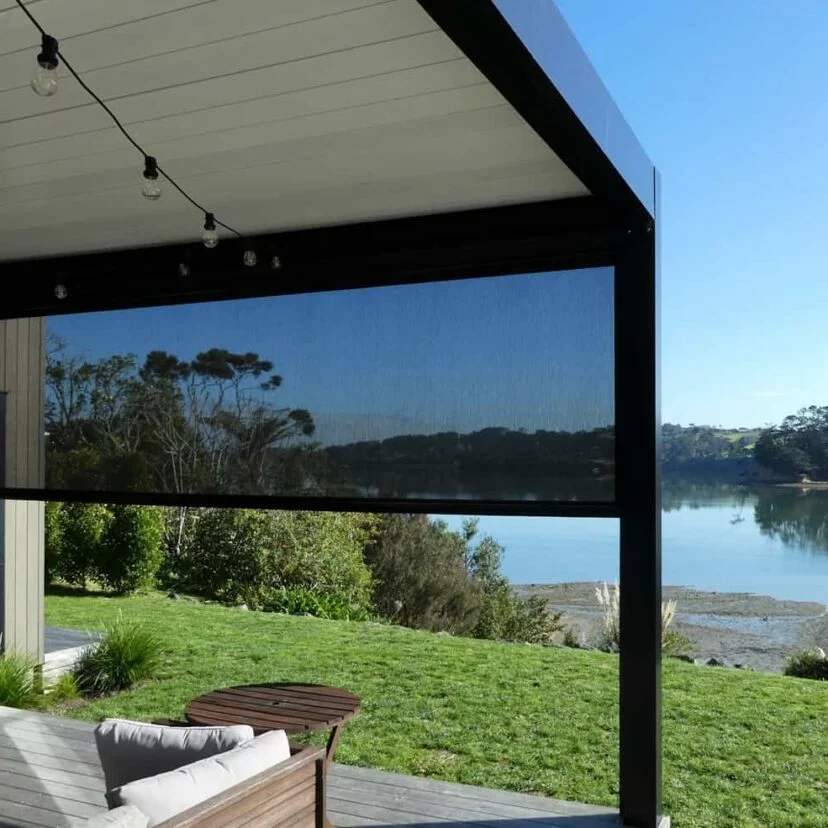
These are a classic and versatile choice. Roller blinds roll up and down, providing easy control over sunlight and privacy. They are available in various materials, including solar mesh and vinyl, and can be motorized for added convenience.
Zipped Screen Blinds
Zipped screen blinds feature a zipper track system that seals the edges of the screen, providing superior insect protection and wind resistance. They are ideal for creating a fully enclosed outdoor space.
Retractable Screen Blinds
Retractable screen blinds offer the ultimate flexibility. They can be easily retracted when not needed, allowing you to enjoy unobstructed views. They are perfect for patios that require versatile shading solutions.
Solar Screen Blinds
Designed to block harmful UV rays and reduce heat, solar screen blinds are perfect for patios that receive direct sunlight. They help keep your outdoor space cool and comfortable.
Materials for Patio Screen Blinds

The material of your patio screen blinds plays a crucial role in their performance and durability. Common materials include:
- Solar Mesh: Offers excellent sun protection and visibility.
- Vinyl: Durable and easy to clean, providing good weather resistance.
- Acrylic: Offers a fabric-like appearance with good sun and weather protection.
- Polyester: A cost-effective option with decent durability.
Installation and Maintenance
Proper installation is essential for the optimal performance of your patio screen blinds. While some DIY enthusiasts may tackle the project themselves, professional installation is recommended for complex systems or large patios.

Maintenance is typically straightforward. Regularly cleaning your blinds with mild soap and water will keep them looking their best. Inspecting the hardware and tracks periodically will ensure smooth operation and longevity.
Enhancing Your Outdoor Living Space
Patio screen blinds are a fantastic addition to any outdoor living space. They provide comfort, protection, and style, transforming your patio into a haven for relaxation and entertainment. Consider adding outdoor furniture, lighting, and plants to create a cohesive and inviting atmosphere.
By choosing the right patio screen blinds and incorporating them into your outdoor design, you can create a space that you and your family will enjoy for years to come.
Investing in quality patio screen blinds means investing in your comfort, your privacy, and the overall enjoyment of your outdoor space. Make the right choice, and you’ll be sure to love your patio more than ever before.
